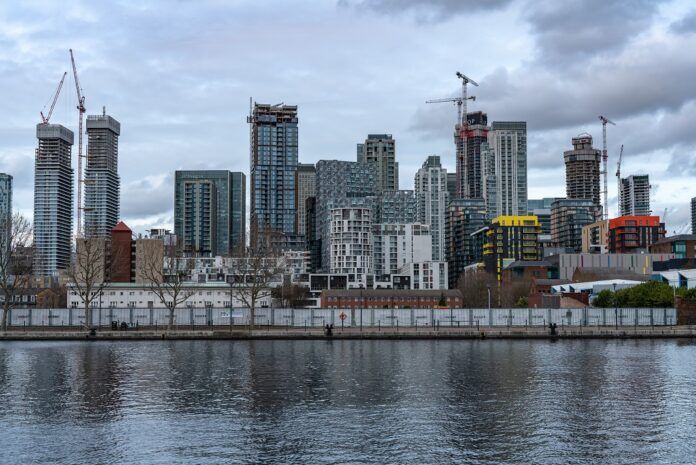The grace period for compliance with the updated Part L building regulations has ended today [15 June], meaning anyone involved in the development of buildings in England must consider new standards in new and existing buildings’ energy performance.
Under the regulations:
- All new homes must produce at least 31% less carbon emissions. New non-domestic builds need to produce at least 27% less.
- New U-values apply to walls, windows, roof lights and doors.
- New homes will be measured under Standard Assessment Procedure (SAP10), which replaces SAP 2012.
- Builders and developers will need to provide photographic evidence at each build stage to show that the project adheres to regulatory standards.
- Developers cannot complete and hand over a building without a compliant SAP10 BREL report.
The Part L changes are a stepping stone towards the far more stringent energy efficiency requirements for new homes to be laid down under the forthcoming Future Homes Standard, which should be in place by 2025.
Industry reaction
Dr Stephen Hamil, innovation director at NBS, who lead the government’s digital plan of work and classification ‘pillar’ of the level-2 BIM framework, said: “The impact of Part L building regulations is far-reaching, particularly for manufacturers whose products have a direct impact on the energy efficiency of a building.
“Manufacturers should see the changes as an opportunity – by supplying architects and engineers with the right type of product information, they can help them achieve lower carbon outcomes that will benefit all stakeholders.
“In order to make the most of the changes, they should focus attention on accurate, structured, and digitally-supplied construction product data that gives architects everything they need in relation to environmental credentials.
“By doing so, the industry can ensure greater collaboration between specifiers and manufacturers and a more sustainable future for the built environment.”




